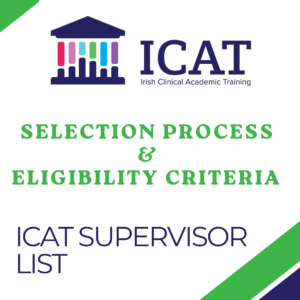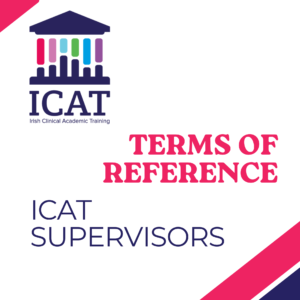Supervisor Database Search
Guidance for ICAT Supervisors
Supervisor Database
Full NameProfessor Aisling Ní Annaidh
Centre for Biomedical Engineering
University College Dublin
Webpage:people.ucd.ie
Email hidden; Javascript is required.
- bioengineering/medical devices
- Other
Biomechanics
- Surgery
- Ophthalmology
- Sports and Exercise Medicine
- Veterinary Medicine
- Oral and Maxillofacial Medicine
- Dermatology
- Neurology
- Orthopaedic surgery
I lead a successful research group in Biomechanics, a branch of engineering which uses methods derived from physics to study biological systems. My group has a global reputational for excellent research, particularly in skin biomechanics and in head impact biomechanics. We use both physical experiments and computer simulations to predict how tissues behave under complex loading environments, such as those experienced during sporting accidents, during planned surgeries or when interacting with novel medical devices.
A recent large-scale project within my group focussed on better understanding the role of rotational accelerations in head impacts during sporting accidents. By way of example, we proposed new injury thresholds for predicting concussions in horseriding (https://www.sciencedirect.com/science/article/pii/S1440244019306280), we developed a new computer model of the human head to simulate various accident conditions (https://www.sciencedirect.com/science/article/pii/S002074031933557X) and we examined the efficacy of popular anti-rotational cycling helmets (https://www.tandfonline.com/doi/abs/10.1080/15389588.2020.1841179).
Another area of focus within my group is the mechanical behaviour of in vivo skin and it’s implications for reconstructive / cosmetic surgery and for novel medical devices. I have particular interest in the Skin Tensions Lines (Langer Lines), their patient-specific nature, and developing methods to quantify the skin tension, which could lead to improved cosmetic outcomes for many patients (https://onlinelibrary.wiley.com/doi/abs/10.1111/srt.12339).
“The patient specific nature of in vivo skin tension and it’s role in reconstructive surgery”: It is well known that both the direction of the so-called ‘Langer Lines’ (skin tension lines) and the level of tension is patient specific and yet that are no devices available that can quantify this tension. A quantitative evaluation of the tension could result in more informed decisions regarding the appropriateness of primary closure, the selection of slip flaps or the size and shape of skin grafts at the donor site.
In this project, the student would examine the variation in skin tension between patients and across body sites using both traditional clinical techniques and novel medical devices (designed by my group). Having established the variability, the student would then challenge the validity of commonly accepted guidelines such as a 3:1 length-to-width ratio for elliptical excisions and consider whether these rules should be modified for certain patient cohorts e.g. elderly patients.
As part of this study the student will also seek to relate the level of skin tension to the level of tissue perfusion using the SPY Elite® system which uses ICG florescence angiography. This information will enable the student to develop a tissue necrosis risk curve, which will be used to estimate the probability of the patient developing necrosis given a specific skin tension measurement.
The project outcomes will have significant impact on the planning of surgical techniques, from primary closures to skin grafts. The student will also have a role in the evaluation and design iterations of novel devices developed within my lab.
I am not an emerging supervisor, but it may be appropriate to link up with a co-supervisor with a primarily clinical focus e.g. Shirley Potter.

